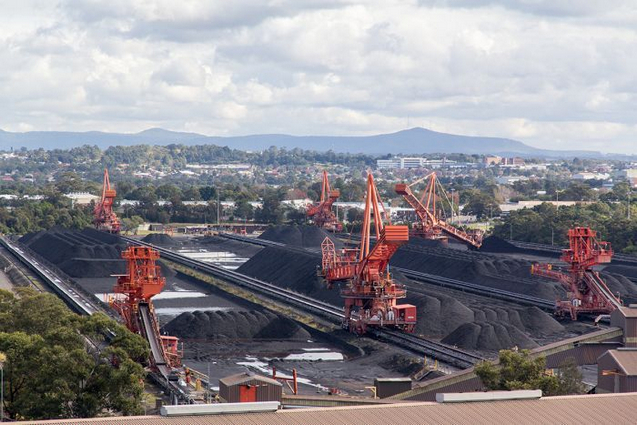How close the world is to a catastrophic collapse of giant ocean currents is unknown, making halting global warming more critical than ever, scientists say
 |
| Other research this week showed that Greenland’s massive ice cap is melting at the fastest rate for at least 450 years. Photograph: Nick Cobbing/Greenpeace |
Past collapses of the giant network have seen some of the most extreme impacts in climate history, with western Europe particularly vulnerable to a descent into freezing winters. A significantly weakened system is also likely to cause more severe storms in Europe, faster sea level rise on the east coast of the US and increasing drought in the Sahel in Africa.
The new research worries scientists because of the huge impact global warming has already had on the currents and the unpredictability of a future “tipping point”.
The currents that bring warm Atlantic water northwards towards the pole, where they cool, sink and return southwards, is the most significant control on northern hemisphere climate outside the atmosphere. But the system, formally called the Atlantic Meridional Overturning Circulation (Amoc), has weakened by 15% since 1950, thanks to melting Greenland ice and ocean warming making sea water less dense and more buoyant.
This represents a massive slowdown – equivalent to halting all the world’s rivers three times over, or stopping the greatest river, the Amazon, 15 times. Such weakening has not been seen in at least the last 1,600 years, which is as far back as researchers have analysed so far. Furthermore, the new analyses show the weakening is accelerating.
| Ocean circulation in the Atlantic is driven by warm surface currents and cold deep-water return flows  |
| Guardian graphic. Source: Nature |
“We are dealing with a system that in some aspects is highly non-linear, so fiddling with it is very dangerous, because you may well trigger some surprises,” he said. “I wish I knew where this critical tipping point is, but that is unfortunately just what we don’t know. We should avoid disrupting the Amoc at all costs. It is one more reason why we should stop global warming as soon as possible.”
Oceanographer Peter Spooner, at University College London, shares the concern: “The extent of the changes we have discovered comes as a surprise to many, including myself, and points to significant changes in the future.”
A collapse in the Amoc would mean far less heat reaching western Europe and plunge the region into very severe winters, the kind of scenario depicted in an extreme fashion in the movie The Day After Tomorrow. A widespread collapse of deep-sea ecosystems has also been seen in the past.
But as the Amoc weakens, it might actually increase summer heatwaves. That is because it takes time for the cooling of the northern waters to also cause cooling over the adjacent lands. However, the cooler waters affect the atmosphere in a way that helps warm air to flood into Europe from the south, a situation already seen in 2015.
Other new research this week showed that Greenland’s massive ice cap is melting at the fastest rate for at least 450 years. This influx will continue to weaken the Amoc into the future until human-caused climate change is halted, but scientists do not not know how fast the weakening will be or when it reaches the point of collapse.
“Many people have tried to check that with computer models,” said Rahmstorf. “But they differ a lot because it depends on a very subtle balance of density – that is temperature and salinity distribution in the ocean. We are not able to model this with any confidence right now.”
“We are hoping to somehow make some headway, but I have been in this area for more than 20 years now and we still don’t understand why the models differ so much in the sensitivity of the Amoc,” he said.
However, Rahmstorf said the international climate deal agreed in 2015 offers some hope if its ambition is increased and achieved: “If we can keep the temperature rise to well below 2C as agreed in the Paris agreement, I think we run a small risk of crossing this collapse tipping point.”
Links
- Gulf Stream current at its weakest in 1,600 years, studies show
- Ozone layer not recovering over populated areas, scientists warn
- Oceans suffocating as huge dead zones quadruple since 1950, scientists warn
- Drastic cooling in North Atlantic beyond worst fears, scientists warn
- Greenland's huge annual ice loss is even worse than thought
- Greenland ice sheet is safer than scientists previously thought
- Scientists warn of global warming threat to marine food chain
- Thinning glaciers driving polar ice loss, satellite survey finds












